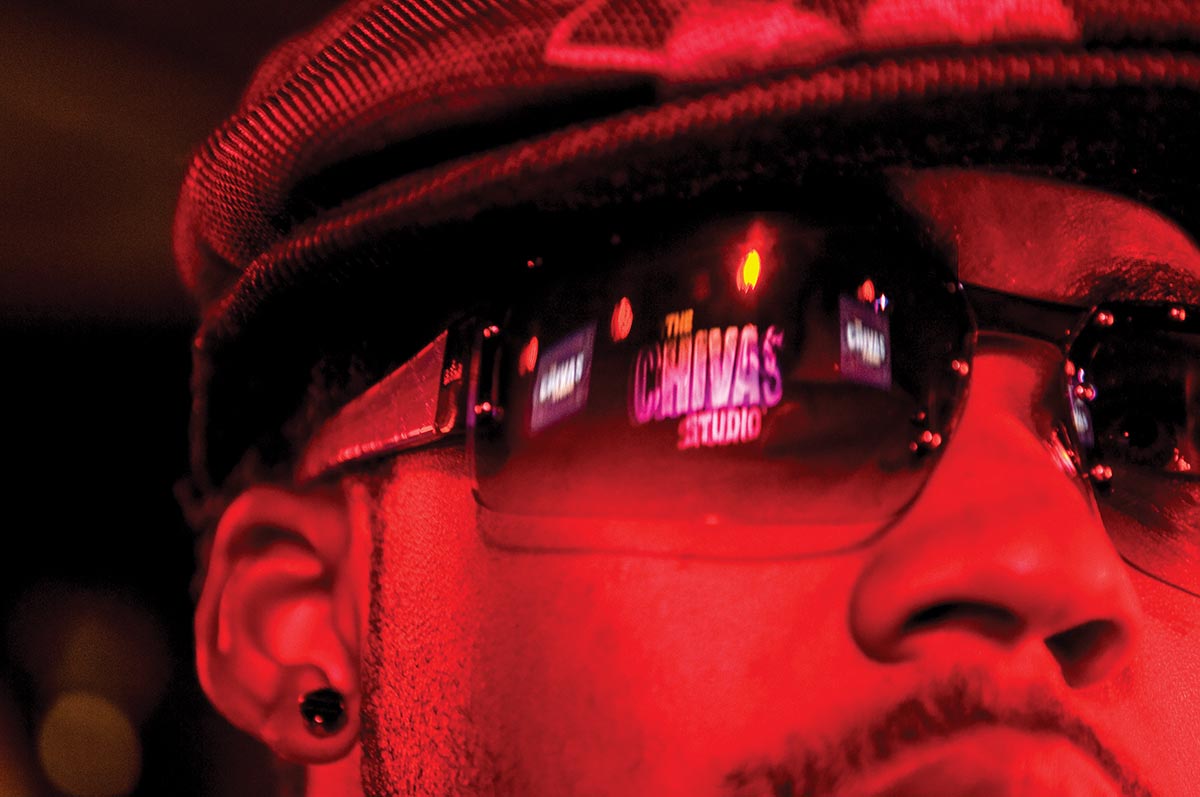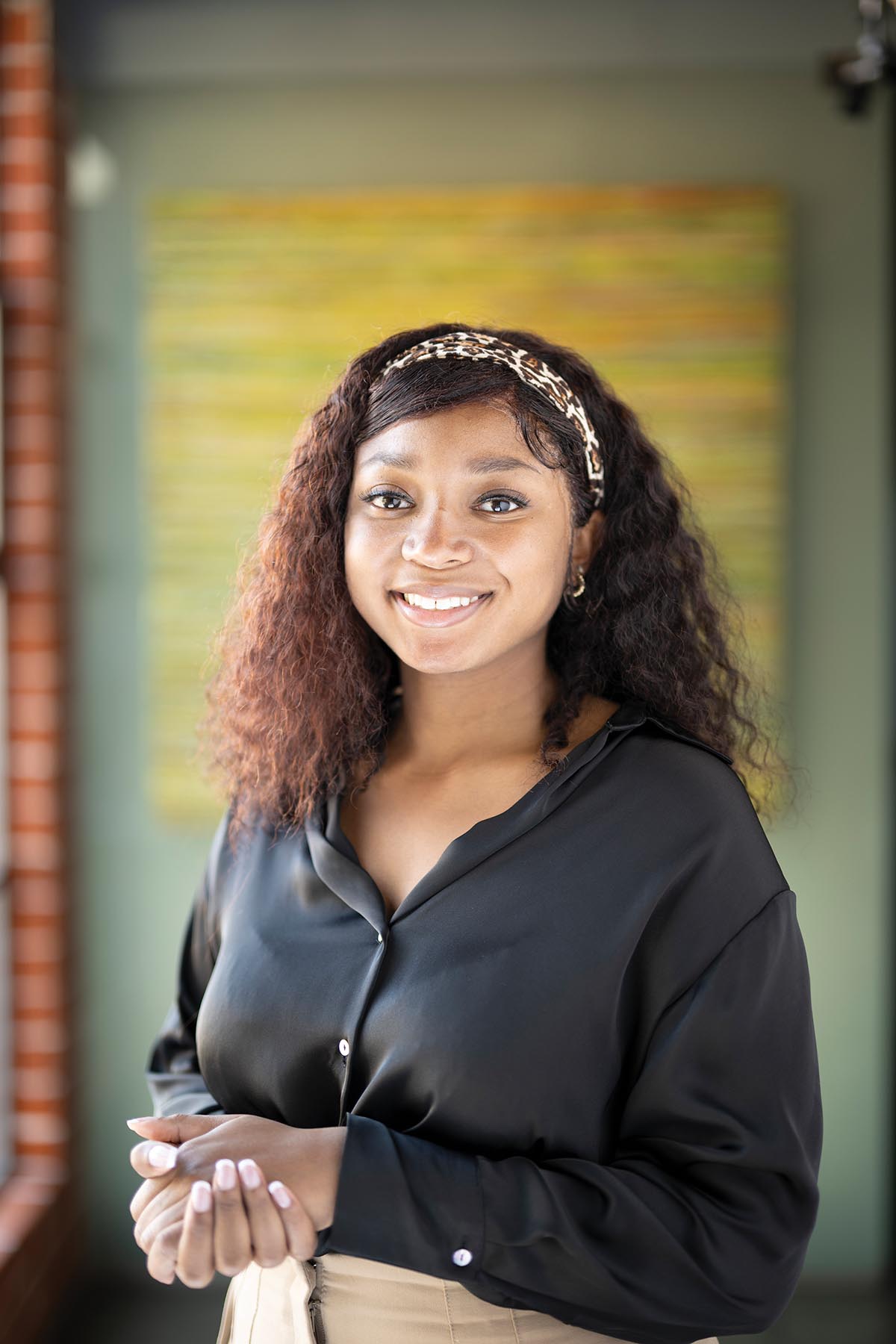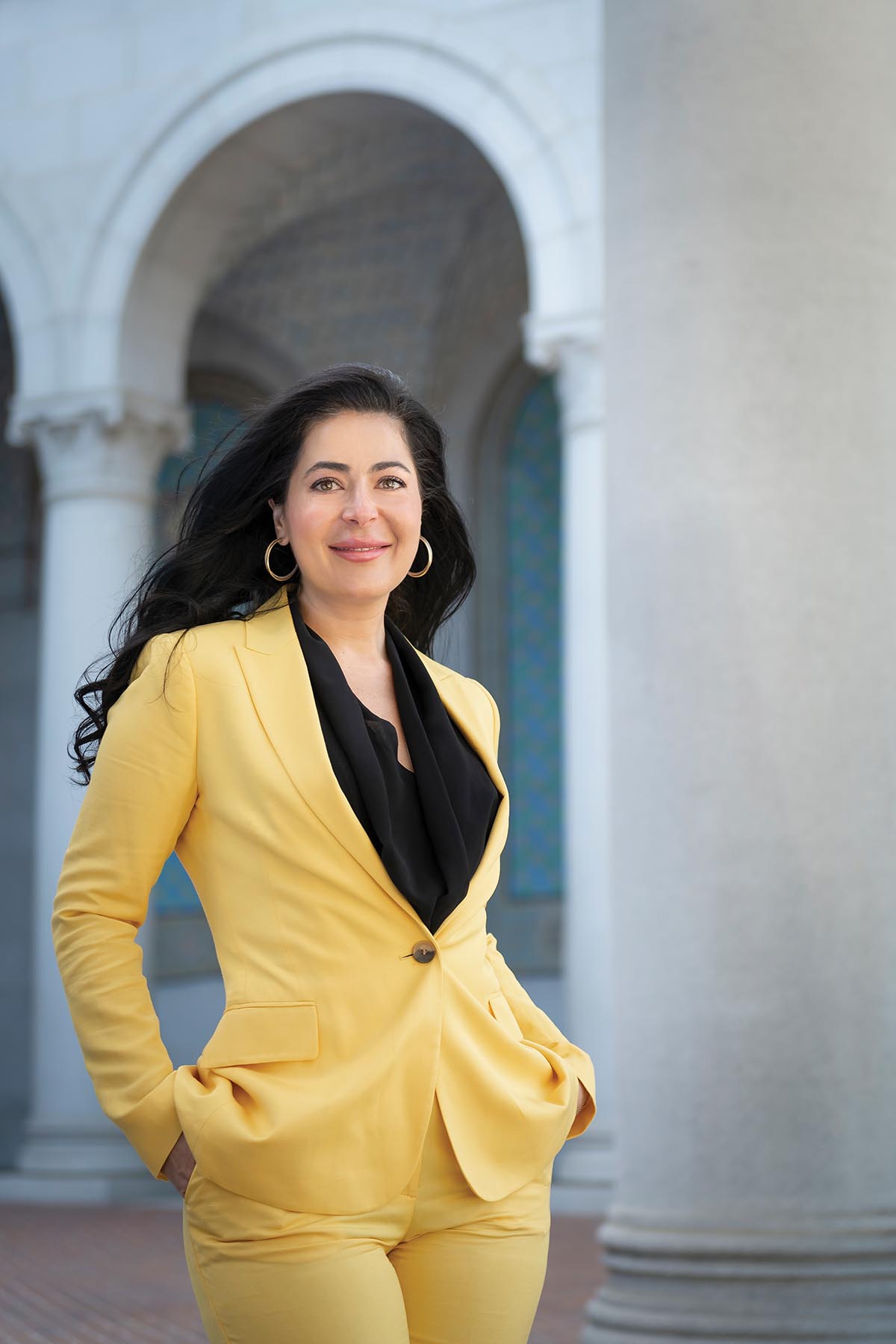When Ed Carreon began his career in photojournalism more than 30 years ago, he didn’t expect to become one of the preeminent commercial photographers in Los Angeles, serving a clientele that includes Target, Wells Fargo, PIMCO Investment Management, CVS, and Nordstrom. But through initiative and a healthy dose of confidence, Carreon was able to transition from covering events for a local paper to having his 1992 Los Angeles riot images published nationally and photographing for the likes of National Geographic, The New York Times, and Life. He then leveraged his ability to create insightful photographic content into commercial portrait work, advertorials, and ultimately, full-blown commercial productions. Today, Carreon works at an exclusive level, providing a range of image creation services for Fortune 500 clients in fields as diverse as healthcare and heavy industry.


VERSATILITY’S VALUE
Carreon made the move from photojournalism to commercial photography relatively smoothly by demonstrating a valuable level of versatility. Simply put, he made himself useful. With a diverse background covering different kinds of events and subjects, Carreon presented himself as someone who could photograph multiple facets of a project. Clients felt comfortable hiring him to do all the image-making they needed instead of contracting multiple photographers.
There’s a distinction between being versatile and being a generalist. It’s not all that profitable to be a generalist, Carreon notes, but if you’re versatile enough within your specialties to take on a larger role for clients, then you can provide a more complete solution.
Versatility can also equate to a flexibility in pricing that helps commercial photographers broaden their client base. For larger companies with bigger scopes of work, Carreon has a standard day rate. But that doesn’t mean he won’t work with smaller companies and more modest budgets. You have to read their language and understand their needs, he says, and be able to customize a streamlined package to meet their budget.
A lot of photographers, once they’ve achieved a certain pricing tier, stick to it and won’t budge. But Carreon sees opportunity in flexibility, especially when he’s able to customize his offerings to provide maximum value for a particular budget.

BULLETPROOF SERVICE
As his career progressed and he began to land bigger, higher-profile jobs, Carreon learned that fear is his best friend. Not necessarily his fear, but the hiring manager’s fear about the viability of a project.
“Fear tumbles down from the top,” he explains. “When the person who hired me is in the room with the company CEO and starts to get nervous, I take note of that fear. What I realized is that on the higher-end jobs, the people doing the hiring want to be bulletproof, and they will pay for it. If I can provide a sense of confidence that the job will get done correctly with no problems, then I can charge a higher price for that confidence.”
Carreon is motivated by the pressure that offering bullet-proof service creates. “The higher the risk, the higher the interest,” he says. When a lot of people are depending on him, he engages at another level. He relishes the challenge, and he’s also not afraid to bring in people with expertise he doesn’t have to ensure success, particularly for complex lighting situations or intricate productions.
Paying a top rate is one way clients try to ensure a photographer’s full attention and the highest level of service. Don’t just show up and do the minimum required in the contract, Carreon urges. Ask a lot of questions: What are your immediate needs? What are your end needs? Do you want to fill holes in a website or another marketing piece? Where do these images need to fit in the larger design?

Asking questions gives you the opportunity to engage the client on another level and encourage them to think about things they haven’t considered. And it proves your value as an expert. The process expands your initial interactions into substantial conversations and shows that you can provide more than just photography.
“I’ve learned that the photography gets me in the door, gets me invited to the party,” Carreon says. “What allows me to stay for dinner is all the other things I provide.”
THE FUTURE OF AI
In Carreon’s estimation, artificial intelligence is going to ravage the bottom tier of the photography market. Already, people can take pictures on their mobile device, process them, and rebuild them with AI to create something many consumers view as on par with a professionally captured image. Once that technology gets dialed in a little more and becomes widespread, lower-priced portrait, commercial, and product photographers may find themselves in trouble.
“People have ridiculed me for issuing this warning, but think about it,” says Carreon. “If you can send me 1,000 images of your employees, and I can run them through a process with AI, replace all backgrounds, shape the light, make the pictures better, and do all of this for a lot less money than hiring a professional headshot photographer, then companies are going to do it.”
One thing Carreon has learned through decades of working on commercial projects is that companies always look to reduce friction. One way to reduce friction is to replace humans—with all their attitudes and wordy contracts and messy personal interactions—with automated processes. More simply put, “Why would you hire me or anybody else when you can do something faster and for a quarter of the price?” asks Carreon.
What can photographers do? First, embrace the technology, says Carreon. Photography has always been inextricably tied to technology, from the days of daguerreotypes to the digital revolution. Carreon sees the next generation of successful photographers being pros who understand AI, how it shapes image creation, and what new possibilities it could create—possibilities that we’re yet to even imagine.
“It may not be traditional photographers making all the money in this new era, but if they ignore it, they won’t make any money,” he says.
SOFT SKILLS
What won’t change for future photographers are the soft skills required to work at a high level. When most commercial clients are seeking a photographer, they’re not looking for who’s the cheapest; they’re looking for the person who’s the best fit for them. “That’s the mistake a lot of younger photographers make when they hear that clients are looking at other photographers,” says Carreon. They assume it’s all about money, and they start lowering their prices to get the job. But it’s often less about money than value.


How do you understand how to provide that value? How do you understand how to be the best fit? It often means asking questions, probing to find out where their needs are and how you can provide a more complete solution for them. Learning how to read people is important, as are the business conversation skills required to speak candidly and strategically with different personality types.
This combination of personal skills and technical knowledge will be essential for success as we move into the next phase of this industry, says Carreon. You have to know the technology, and the possibilities it brings, but you also need to be personable and able to adjust to different working situations.
“All the tech aside, people like working with people they like. You need to be able to engage. You need to be personable and understand how to work with people, to ask the right questions and communicate in a way that helps you get what you need from your clients. Those are the skills that will help you succeed no matter what happens with the technology.”
Jeff Kent is the editor-at-large.
Tags: commercial photography


 View Gallery
View Gallery
